Installation of a check valve for a washing machine
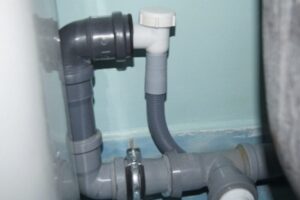 Is it necessary to install a check valve on a washing machine? Most modern models are equipped with special drain pipes into which a plastic ball is inserted. It does not prevent water from pouring out of the tank, but at the same time does not allow sewage to penetrate inside. If the automatic machine does not have a check valve, you can install one. Installation work is not as complicated as it seems at first glance. Let's figure out how to complete the installation.
Is it necessary to install a check valve on a washing machine? Most modern models are equipped with special drain pipes into which a plastic ball is inserted. It does not prevent water from pouring out of the tank, but at the same time does not allow sewage to penetrate inside. If the automatic machine does not have a check valve, you can install one. Installation work is not as complicated as it seems at first glance. Let's figure out how to complete the installation.
How to install this device?
You can install the damper at any time, even before connecting the machine, even after several years of using the equipment, if problems suddenly arise in the operation of the drain system. You don't even need a special tool. To install a check valve, it is enough to disconnect the parts of the drain line - the element is installed into this gap.
In any automatic machine, the pump volute is the lowest point of the drain system. After washing, a little water remains in it, which plays the role of an anti-siphon. Therefore, if you connect the drainage hose correctly - by bending it and organizing a drain into the sewer at a level of 50-60 cm from the floor, there will be no problems with sewage and unpleasant odors getting into the washing machine.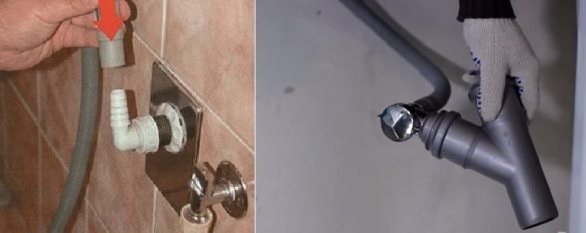
The installation process depends on which check valve is selected for installation. This is all very individual - it is selected for each specific case. It is better to resort to a method that avoids connecting additional elements to the drain line. This will help the automatic machine pump out waste water from the tank without unnecessary load.
When is a valve required?
Is it necessary to install a damper on the drain when connecting the machine to the house communications? If it is possible to install the washing machine strictly following the manufacturer's recommendations, a check valve will not be required. The equipment itself will cope with the task of preventing odors and sewage from entering from the sewer.
A check valve is an additional element of the drainage system that increases the load on the pump.
Any additional element in the drain line will hinder the operation of the pump. The pump will have to operate at a higher load, pumping out waste water. Therefore, if there are no problems with wastewater getting into the tank, it is better to refuse to install a separate check valve.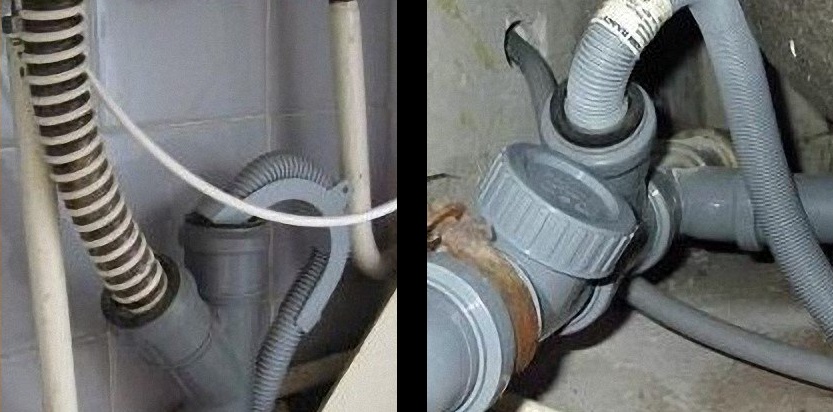
However, if without it it is not possible to organize the proper operation of the drainage system, a connection will be necessary. It is important to choose the optimal type of check valve for a particular situation. It is necessary that the device perform its functions while providing minimal resistance to draining water from the tank. Most often, the need to install a check valve arises when:
- the connection point to the sewerage system is located lower than 40 cm from the floor level. In this situation, water can flow by gravity into the sewer, even when it is not needed;
- The drain hose is connected to a siphon under the bathtub or shower. In this case, when removing water from plumbing fixtures, liquid can also be “pulled out” from a working automatic machine;
- the drainage hose is raised to a high height. This will in no way protect against self-outflow of water, but it will definitely complicate the pump’s operation;
- The drain hose of the machine is connected to the sink siphon with some irregularities. If everything is done correctly, there will be no problems.But if you make a mistake, you can get wastewater inside the washing machine, and, as a result, an unpleasant odor appears in it.
The valve functions in such a way that it allows water to flow in only one direction - into the sewer pipe. The flow in the opposite direction is blocked, so waste water cannot get into the machine. And if installing a damper is necessary for some reason, you should not neglect it.
Is it complicated?
The design of the valves makes it impossible for water to flow from the sewer into the machine. It controls that the waste liquid goes into the pipe and remains there. Its design includes a special ball with a spring or a damper. The check valve can be plastic or steel. The flapper itself has a durable rubber coating to more reliably block the internal drain.
You can choose a separate check valve or immediately buy a siphon with a plug.
Check valves are:
- wall;
- mortise;

- checkpoints;
- for installation under the sink.
If there is no problem with the reverse flow of water from the sewer into the machine, you can install an anti-siphon. These devices, due to the vacuum created, do not allow liquid to spill out of the washing machine tank when draining from a sink, bathtub or shower stall. Anti-siphons do not put additional stress on the pump. But, as already mentioned, they can only prevent the self-outflow of liquid from the tank of the machine. In the case of sewage being thrown back from the sewer into the washing machine, they will not help.
Interesting:
Reader comments
- Share your opinion - leave a comment

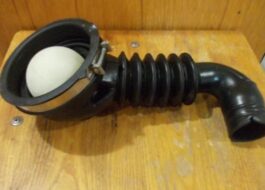
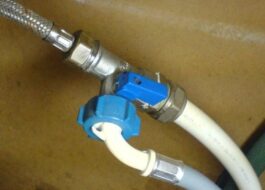

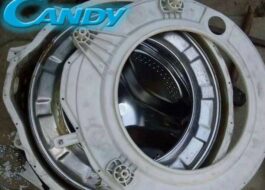
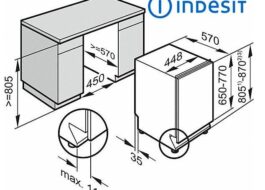















Add a comment